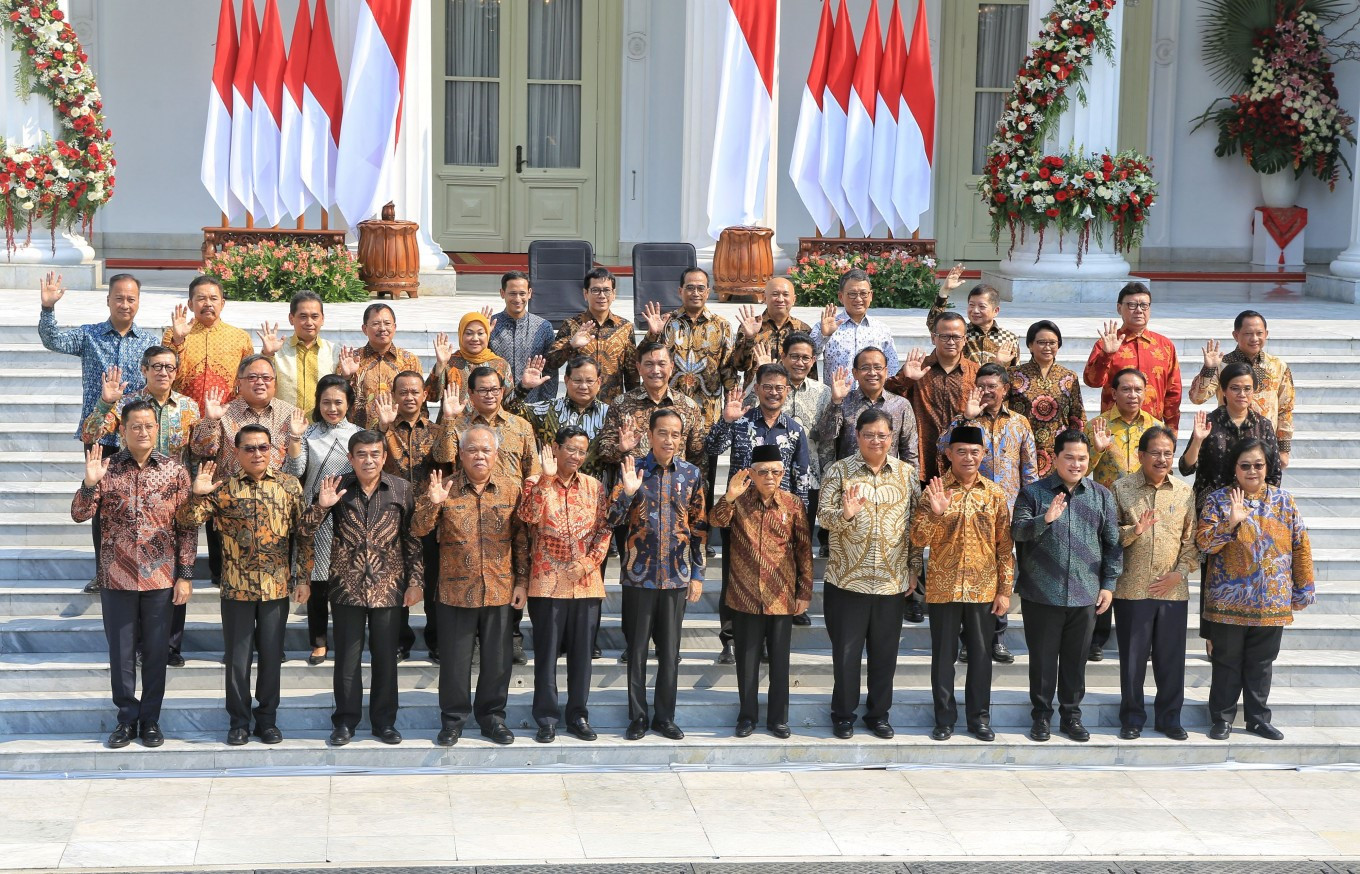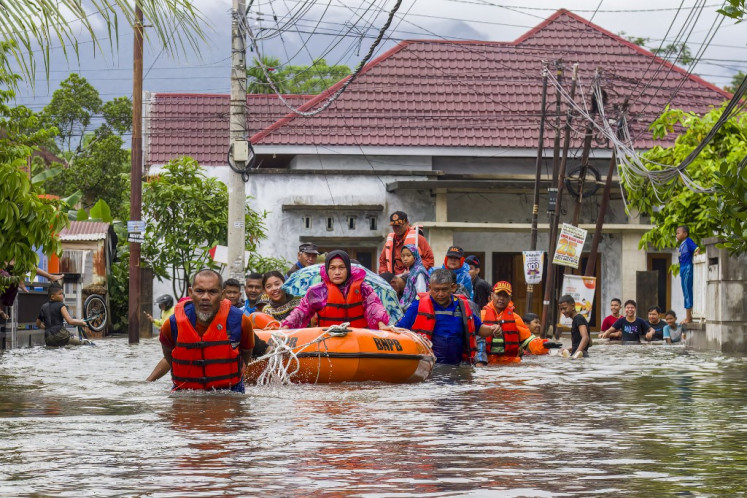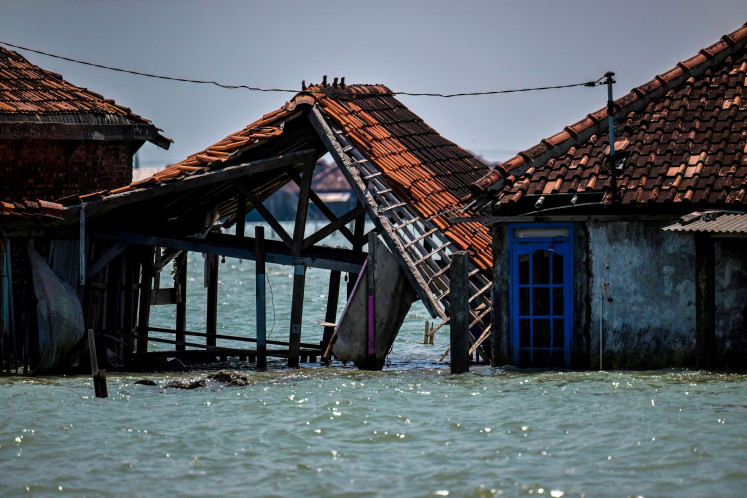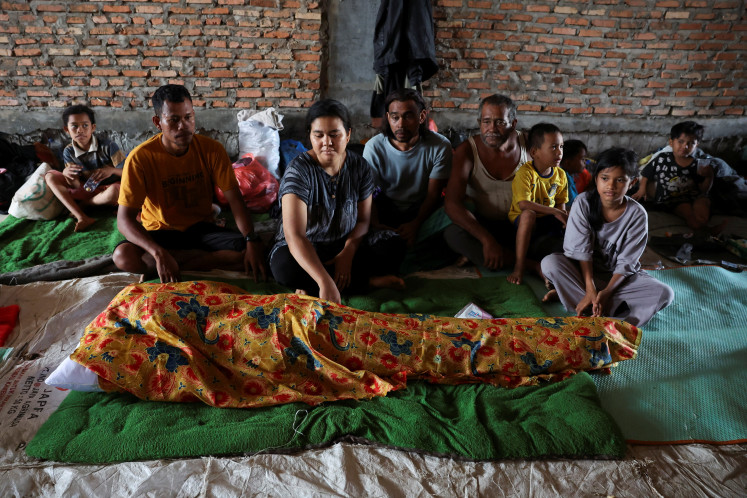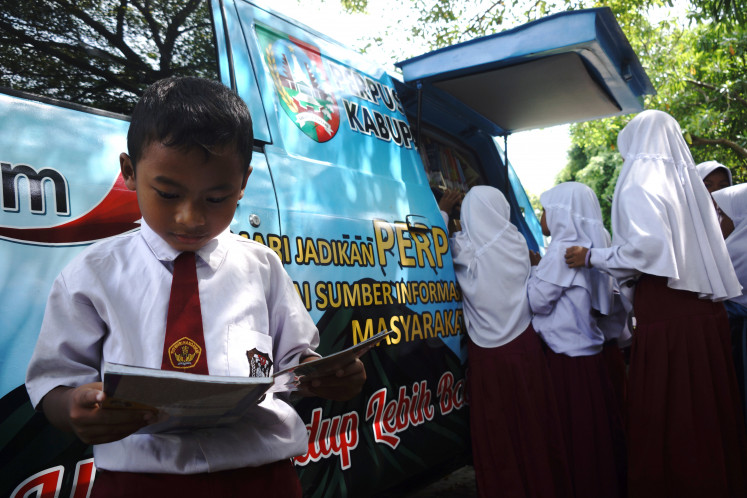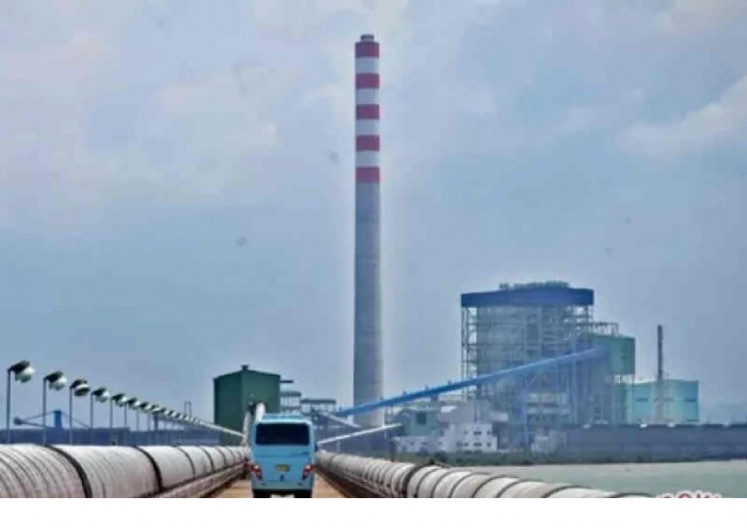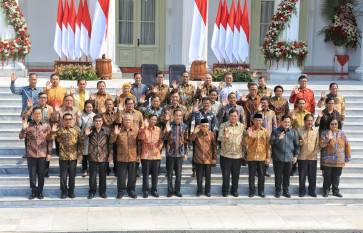Popular Reads
Top Results
Can't find what you're looking for?
View all search resultsPopular Reads
Top Results
Can't find what you're looking for?
View all search resultsAnalysis: Will politics or professionalism define Prabowo cabinet?
Change text size
Gift Premium Articles
to Anyone
P
rabowo Subianto’s inauguration as the eighth president of Indonesia is scheduled to take place on Oct. 20, when he is also slated to introduce his cabinet. Given that the president-elect has been building a big-tent coalition government, the topmost question is whether he plans to distribute cabinet posts to reward his political allies or appoint technocrats to lead ministries during his rule.
Dismissing speculation that Prabowo’s Gerindra Party would monopolize the cabinet, Gerindra secretary-general Ahmad Muzani said the president-elect was looking to fill ministerial posts with technocrats who were experts in the relevant fields. While these individuals might be members or potential candidates of a particular party, their expertise and competence would take precedence over their political affiliations, Ahmad said.
Will Prabowo prioritize professionalism or politics in his ministerial appointees? But these are not necessarily mutually exclusive: Recruiting technocrats with party affiliations could be ideal in fulfilling their ministerial duties, leading and governing policies while navigating the ins and outs of national politics. In other words, ministers must be good at not only managing their specific administrative area, but also lobbying and accommodating allies hailing from various parties.
Ibnu Dwi Cahyo, research and communication director at Jakarta-based survey and research platform KedaiKOPI, said it was important for political parties to recommend their most qualified members as ministerial candidates, which would show the public that parties were still capable of producing leaders committed to the country’s growth and development.
Prior administrations have formed cabinets almost equally split between technocrats and politicians. President Joko “Jokowi” Widodo’s 2014-2019 cabinet, including multiple reshuffles, had 52 ministers composed of 29 technocrats with the remainder politicians, for example.
During Susilo Bambang Yudhoyono’s 10-year presidency, the cabinet of his first term consisted of 43 ministers and his second cabinet 51 ministers, with politicians taking up 49 percent. Megawati Soekarnoputri installed 17 nonpartisans and 15 politicians as ministers during her brief term in 2001-2003, when she took over following the impeachment and removal of Abdurrahman “Gus Dur” Wahid.
A technocrat-dominated cabinet was the standard during Sukarno’s presidency in the 1950s, but this flipped Soeharto’s 32-year rule through 1998, when most ministers were politicians. After BJ Habibie was elevated to the presidency, he installed 27 technocrats and nine politicians in the cabinet during his transitional rule until the 1999 elections.

